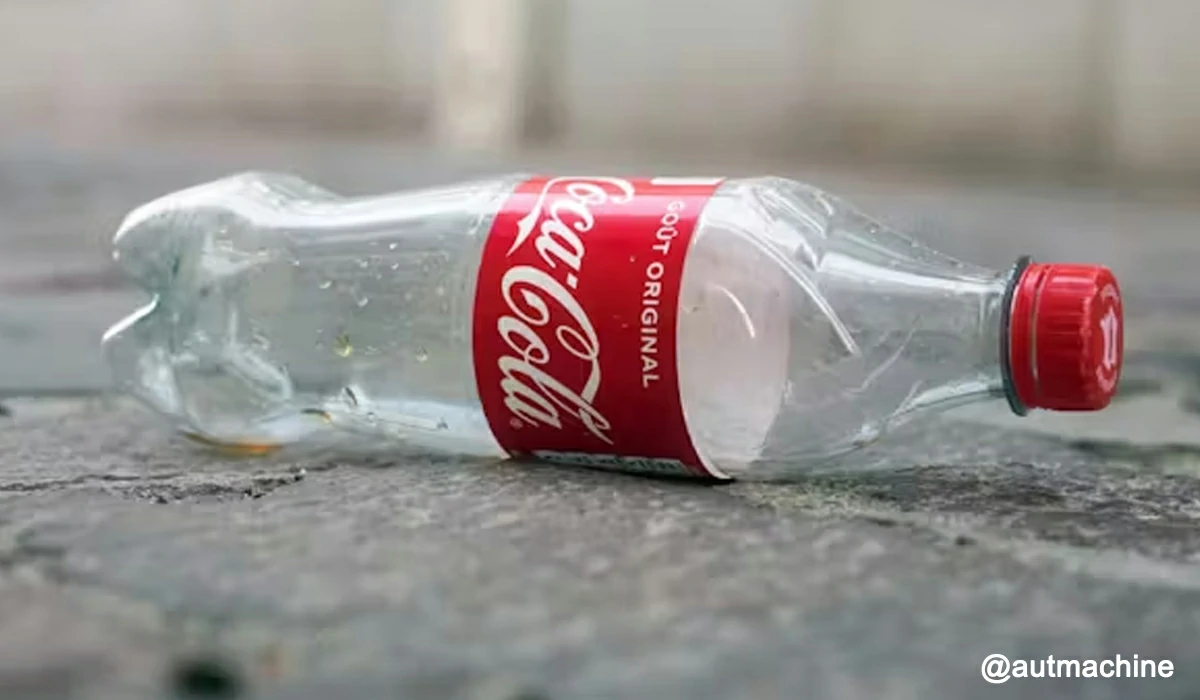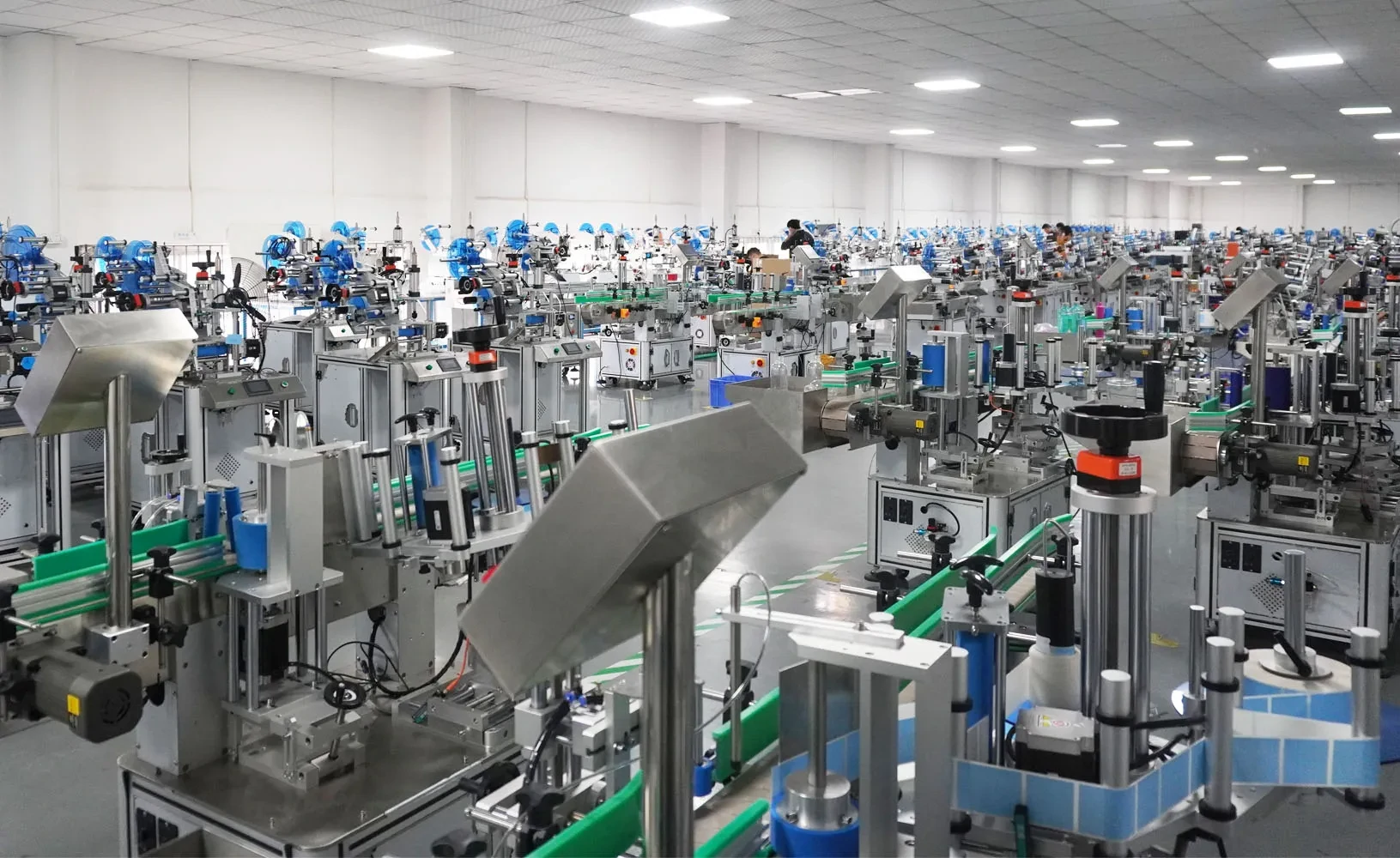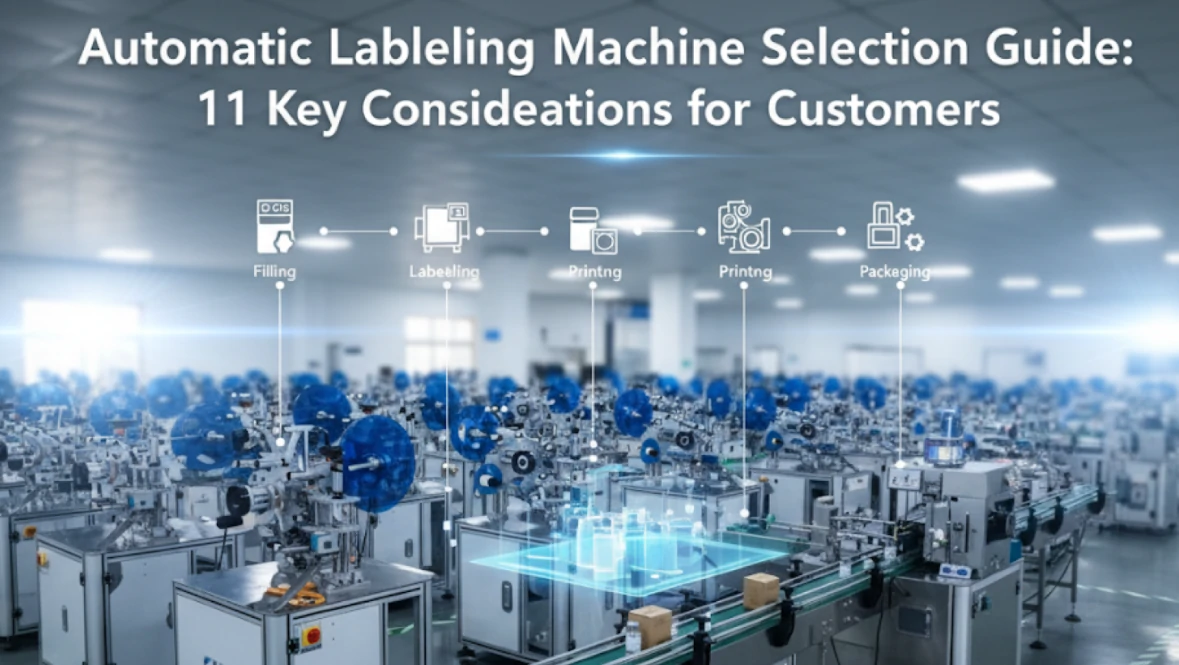
Bottle-to-bottle recycling refers to a process where used bottles are cleaned, processed, and remade into new bottles of the same type. This closed-loop system is a core part of the circular economy. It saves energy, cuts production costs, preserves natural resources, and keeps plastic waste out of oceans and landfills.
In the beverage industry, labels play a key role in guiding consumers and adding visual appeal. However, labels can also affect how well bottles can be recycled.
Why Recycling-Friendly Labeling Matters
To create food-safe recycled plastic (known as food-grade recyclate), recycling systems must separate materials very carefully. PET bottles, for instance, must be processed without contamination from other plastics, paper, glue, or ink.

Environmental comparison between virgin PET and closed-loop PET recycling:
| Criteria | Virgin PET Production | Closed-Loop PET Recycling |
|---|---|---|
| Energy Use | High | 33–53% less |
| CO₂ Emissions | High | 32–55% less |
| Natural Resource Consumption | High | Reduced by up to 50% |
| Food-Grade Recycled Material Possible | No | Yes, if unmixed |
In either case, the label can make or break the recycling process. If labels are not easily removable or contain harmful adhesives or inks, they can:
- Force recyclers to discard the material, sending it to landfills or incinerators.
- Contaminate the recycled material.
- Reduce the quality of the recyclate.
Labeling Solutions That Support Recycling
AUTmachine offers a range of bottle labeling equipment that help beverage manufacturers reduce their environmental impact while maintaining high product quality and compliance.
Let’s look at the most sustainable options available today:
Wash-off Labels: Easy to Remove, Tough When Needed
During recycling, bottles are washed in hot water and sometimes alkaline solutions. This cleaning step must remove all labels and glue — without damaging the PET material.
Common paper labels tend to fall apart during use or stick too strongly, causing problems later in recycling. These can leave behind small pieces that discolor the PET or clog machines.
The hot melt glue labeling machine of AUTmachine can reach a maximum speed of 250 bottles per minute. The number of workstations can be customized to meet more demands. It is used in conjunction with automatic assembly lines and is suitable for large-scale production. This type of labeling machine is typically used in high-speed production environments that require strong and long-lasting adhesion.
These labels work with several materials:
| Label Material | Characteristics |
|---|---|
| PE Film | Flexible, moisture-resistant |
| PP Film | Durable and smooth surface for sharp printing |
| Alkaline-resistant Paper | Handles moisture but still peels off during recycling |
AUTmachine’s labeling machines also feature automatic bottle handling, allowing for precise wrap-around label application and on-the-fly variable data printing (like expiry dates or batch codes) — all in a single step.
Shrink Sleeve Labels: Be Smart About Separation
Shrink sleeves are popular for their 360-degree coverage and eye-catching design. But if not chosen carefully, they can interfere with PET recycling.

To ensure compatibility, all sleeve components should be:
| Property | Reason |
|---|---|
| Lightweight (floatable) | Enables separation from PET flakes in water baths |
| Printed with stable inks | Prevents ink from bleeding and discoloring recyclate |
| Bonded with water-soluble adhesive | Ensures no sticky residue is left behind |
| Made from recyclable films | Encourages reuse and reduces landfill waste |
Coding and Marking Options That Reduce Waste
Not every message needs a label. Direct marking with inkjet printers is another smart option to support recycling and cut label material use.
Inkjet Printing on Bottle Caps
Caps are usually made of materials (like HDPE or aluminum) that are recycled separately from the bottle. That means you can use them for product information or batch codes without interfering with the PET recycling stream.

Direct Printing on Bottles
Printing directly onto the surface of PET or glass bottles eliminates the need for labels altogether — as long as the ink used can be washed off during recycling.
AUTmachine’s technical team helps evaluate materials and choose the best combination of recyclable inks and bottle types to ensure codes disappear in the wash, leaving the PET clean and ready for reuse.
AUTmachine Labeling Solutions
AUTmachine, based in China, specializes in designing and manufacturing labeling machines for the beverage industry.
Each machine can be equipped with an inkjet encoder, online printing and seamless integration with your filling production line. By cooperating with us, you can obtain:
- On-site installation and commissioning.
- Staff training programs for line operators.
- Local support for spare parts and maintenance.
- Customized solutions to meet unique product shapes and line speeds.

Conclusion
Sustainable labeling plays a pivotal role in enabling a true bottle-to-bottle recycling economy. By adopting these strategies, beverage producers can reduce waste, lower costs and contribute to a healthier planet—one bottle at a time.




